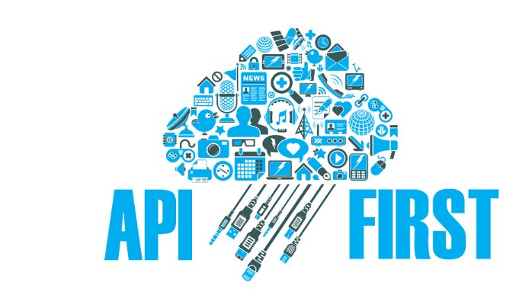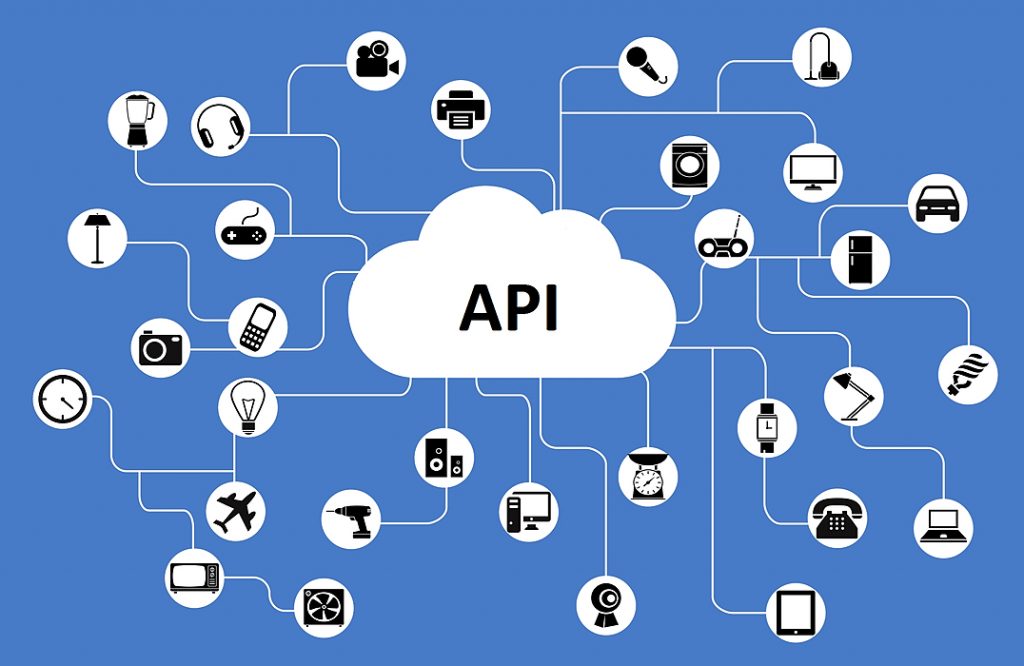Đại dịch vừa qua đã khiến lưu lượng truy cập tổng đài chăm sóc khách…
What is API-first? 5 opportunities to create business results and values
Google's recent CIO survey with Oxford Economics there are a few highlights: most companies are using a top priority API strategy, and those that follow this strategy report faster innovation and greater value from business partnerships .
Even so, the survey indicates that a few large enterprises still think about API integration first. In this way, it can cost organizations many important business opportunities today and hinder their ability to adapt to new opportunities that may arise in the future.
Prioritizing API first means predicting that an API can have many use cases and generate many business opportunities. Pre-integration usually means thinking within the scope of a particular integration project and creating an API just once, with no consideration for future use.
Transitioning from the latter to the old can be a cultural shift, but once the transition has been made, businesses can open up significant opportunities for efficiency, future growth and speed. Here are five of the biggest opportunities API-driven thinking allows, as well as tips for implementing them.

5 opportunities to create business results and value
1. Operational efficiency
In contrast to one-off API integration projects, consistently created, shared, documented, and managed APIs make internal services reliably accessible and reusable. This can eliminate many previous integration projects and duplication of existing system related work.
These APIs remove all the complexity of the underlying services and can be made available at scale through self-service development portals, giving developers an easier way to access Access the libraries needed to develop modern digital experiences and applications. At the same time, well-managed APIs still provide IT admins with control and visibility into the library used.
What's more, APIs are independently deployable, which means that teams of developers can split into smaller, more autonomous teams, working at different speeds — a stark change from the rest of the world. traditional models in which applications are built monolithically, with lots of interlocking functionality and heavily dependent on the efforts of the entire developer force.
2. Acceleration into the market
All the efficiency that comes from API-first development can help businesses launch apps and build partnerships much more quickly and efficiently, like some of our customers. Google Cloud are proving. Nationwide Insurance, for example, reduced its software development cycle from three months to just a few days after adopting an API-driven approach to making its microservices shareable and reusable.
Similarly, Bank BRI, a major Indonesian bank, has used APIs to eliminate technical dependence on partners, which helps them increase their chances of co-innovation. The bank has reduced partner waiting time from six months to less than an hour by providing a digital library to partners through a self-service API portal.
3. Discover new business models and revenue opportunities
As the Bank BRI story can demonstrate, APIs not only drive efficiency for internal programmers, but can also help businesses unlock new business models and new revenue opportunities by sharing share valuable data and functionality with third parties. The Oxford Economics survey found that the companies that invested the most in using APIs to facilitate external partners, reported year-over-year revenue growth of 6.7%, compared with 4. 9% of other survey respondents.
All businesses have valuable data and functionality recorded in their systems — and sometimes, as in the case of Bank BRI, it is so valuable that third parties will readily pay for access. Google Cloud customers like AccuWeather and Pitney Bowes have pursued similar API monetization strategies.
In addition to monetization, sharing APIs with outsiders can showcase a company's services to partner customers and extend its reach to news apps with digital libraries behind the API. Even if the APIs aren't used for monetization, businesses can apply them to other uses and new revenue opportunities in the future, as they become more widespread. Any programmer can make a splash, AccuWeather CTO Chris Patty shared, the company offers customers not only a fully-featured paid version of the API (access to weather data), but also a basic free version.

4. Using information and data in business processes
APIs not only help businesses share their valuable digital libraries between internal teams and with third parties, but also allow businesses to connect their digital libraries with external APIs that provide the capabilities they need. equipment, such as a machine learning service running in the cloud.
For example, a company can have multiple servers based on data servers but little machine learning capabilities — but by putting data behind an API and connect it to third-party machine learning services, those organizations can still gain advanced insights, even as they outgrow their in-house machine learning capabilities. Likewise, by placing APIs in front of legacy systems, enterprises can easily migrate those systems to Cloud services and connect them to private services.
Modern digital business processes and experiences are largely derived from software from many companies, with APIs that connect data and functionality from one organization to another to create experiences or efficiencies. new fruit. This ecosystem-focused approach means that businesses can often focus on digitizing their core competencies while relying on technology partners to bring those products to market. .
5. Improved resilience and future protection
Because APIs allow reuse of valuable data and functionality, and combined with other APIs for different use cases, they bring modularity and composability into the system. IT systems — from which future resilience and protection can be created.
For example, if a partner goes out of business, replacing that partner will not involve months of disruption in planning complex integrations with another like swapping this partner's API for other partners. Likewise, if customers start to expect more of a touch-enabled mobile experience accessible through a voice interface, meeting this need doesn't require top-down tweaking. as much as connecting the APIs underlying the touch interface to the voice interface APIs.
The right tech-enabled tools help businesses get the most out of their API
The API-first strategy sees APIs not as middleware, but as software products that empower developers, enable partnerships, and accelerate innovation — a big change from operations first integration where APIs are often created and then forgotten.
Owning APIs is just part of the equation. If a company intends to share valuable digital assets with the outside, it needs API management tools to:
- Apply security protections, such as authentication and authorization
- Protect assets from malicious attacks
- Monitor digital services to ensure high availability and performance
- Measure and track content usage
The API Gateway is a good starting point that allows businesses to protect and manage APIs they share. However, more advanced capabilities may require a full lifecycle API management platform, which will provide not only basic gateway functionality but also lifecycle management tools, mechanism to make API available as API product through self-service portal, more granular security measures, monetization options, detailed analytics to help businesses understand how their APIs are being used and many measures to prevent misuse of APIs and API Activity.
With the right tools, APIs can open up incredible business opportunities — that's why every business aspires to be an API pioneer!
Source: Gimasys



